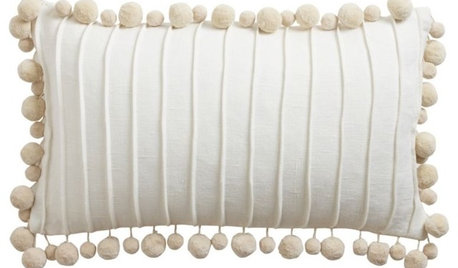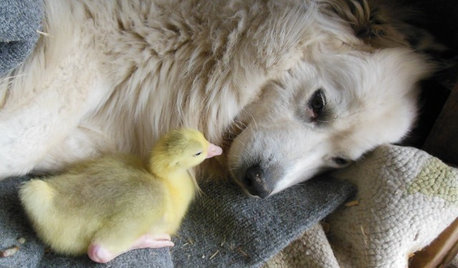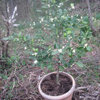Fat & Sassy Sucker
timrod98
12 years ago
Related Stories

PRODUCT PICKSGuest Picks: Sassy Slipper Chairs
Slip onto something more comfortable for extra seating in the bedroom or living room
Full Story
HOUZZ TOURSHouzz Tour: Welcome to Camp Freckle!
Vintage maven brings thrifted treasures and atomic-age style to her home
Full Story
GARDENING FOR BIRDSFeed the Birds: 6 Plants for Abundant Winter Berries
Be kind to your fair feathered friends during lean food times by planting a shrub or tree loaded with nutritious snacks
Full Story
DECORATING GUIDESEmbrace the Fringe Element
Add inexpensive, easy flair to your sofa or couch pillows with fringe, tassels and pom-poms
Full Story
WINTER GARDENINGPruning Secrets for Exquisite Roses
Encourage gorgeous blooms year after year with this time-tested advice on how to prune your rosebush in winter for health and shape
Full Story
KITCHEN DESIGNHouzz Call: What’s Cooking in Your Kitchen?
Most of us turn to recipes, videos and culinary shows when we cook. Where do you set your cookbook, tablet or TV screen?
Full Story
EDIBLE GARDENSSummer Crops: How to Grow Tomatoes
Plant tomato seedlings in spring for one of the best tastes of summer, fresh from your backyard
Full Story
MOST POPULAR10 Smart Ideas for Your Laundry Room Remodel
Make washing and drying easier and more comfortable by considering ergonomics, storage and special features
Full Story
HOUZZ TV FAVORITESHouzz TV: Life, Love and Purpose Down on the Farm
A Missouri native proves that you can go home again — and discover something entirely unexpected
Full Story
FARM YOUR YARDHouzz Call: Show Us Your One-of-a-Kind Chicken Coops
Do you have a fun or stylish backyard shelter for your feathered friends? Post your pictures and stories in the Comments!
Full StoryMore Discussions








citrange2
rhizo_1 (North AL) zone 7
Related Professionals
Allen Landscape Architects & Landscape Designers · Baltimore Landscape Architects & Landscape Designers · Hyattsville Landscape Architects & Landscape Designers · Berkeley Heights Landscape Contractors · Biloxi Landscape Contractors · Blue Springs Landscape Contractors · Cerritos Landscape Contractors · Emmaus Landscape Contractors · Gainesville Landscape Contractors · Hayden Landscape Contractors · Pleasant Grove Landscape Contractors · Saint Paul Landscape Contractors · Waldorf Landscape Contractors · Westchester Landscape Contractors · Norco Stone, Pavers & Concretestephen90
timrod98Original Author
noss
timrod98Original Author
rhizo_1 (North AL) zone 7
timrod98Original Author
rhizo_1 (North AL) zone 7
timrod98Original Author
cebury
timrod98Original Author